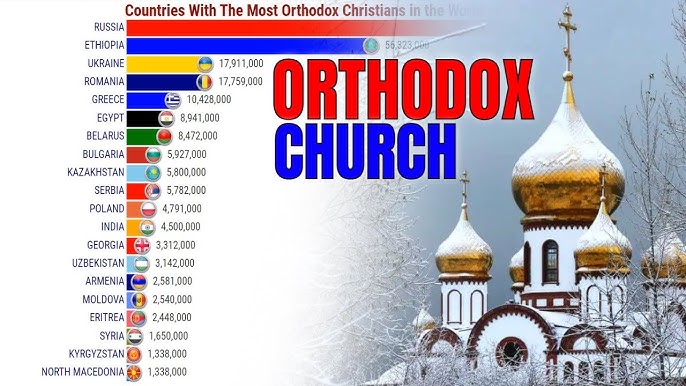|
The Orthodox Church in the World Today 
In the twenty-first century the Orthodox Church numbers approximately 300 million Christians worldwide who follow the faith and practices that were defined by the first seven Ecumenical Councils. At the time of the Great Schism of AD 1054 between Rome and Constantinople, the membership of the Eastern Orthodox Church was spread throughout the Middle East, the Balkans, and Russia, with its center in Constantinople, the capital of the Byzantine Empire, which was also called New Rome. The vicissitudes of history have greatly modified the internal structures of the Orthodox Church, but, even today, the bulk of its members live in those same geographic areas. 
Missionary expansion toward Asia and emigration toward the West, however, have helped to maintain the importance of Orthodoxy worldwide.
Today,
the Orthodox Church is present almost everywhere in the world and is
bearing witness to all peoples of the true, Apostolic and patristic
tradition.
Eclesiastically,
the Orthodox Church is a family of “autocephalous” (self-governing)
Churches, preserving the first millennium ecclesiology of Christianity.
Ecclesiastical vs. Ecclesiological
Ecclesiology of the Western Denominations
|

